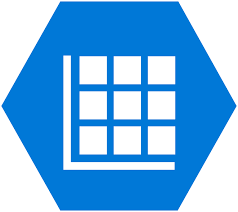Integration of D365 using Azure API and logic apps: part 2

I hope you all are doing great and might have gone through my earlier blog on Azure APIm introduction: https://www.blogger.com/blog/post/edit/2520883737187850604/4308148657431504181 This documentation focuses through live examples as to how such a system could be effectively designed and made to work with D365. Situation: problem statement We have a 3 rd party logistics system who creates Purchase orders in DAX, validates and creates GRN in AX and subsequently posts them. Solution design a. A batch job that creates an Azure storage file in a shared Azure folder. b. Custom Ax services pick up the file and creates Purchase orders in D365 c. The third party receives the purchase order in their own system and tries to replicate the same in Ax. For that I. ...
